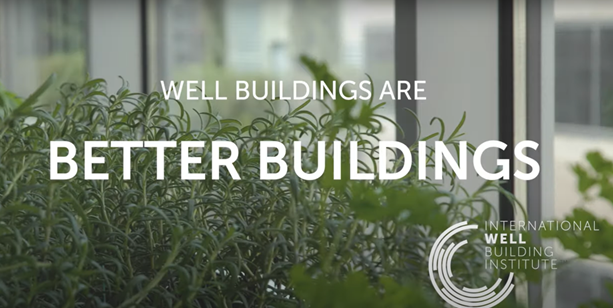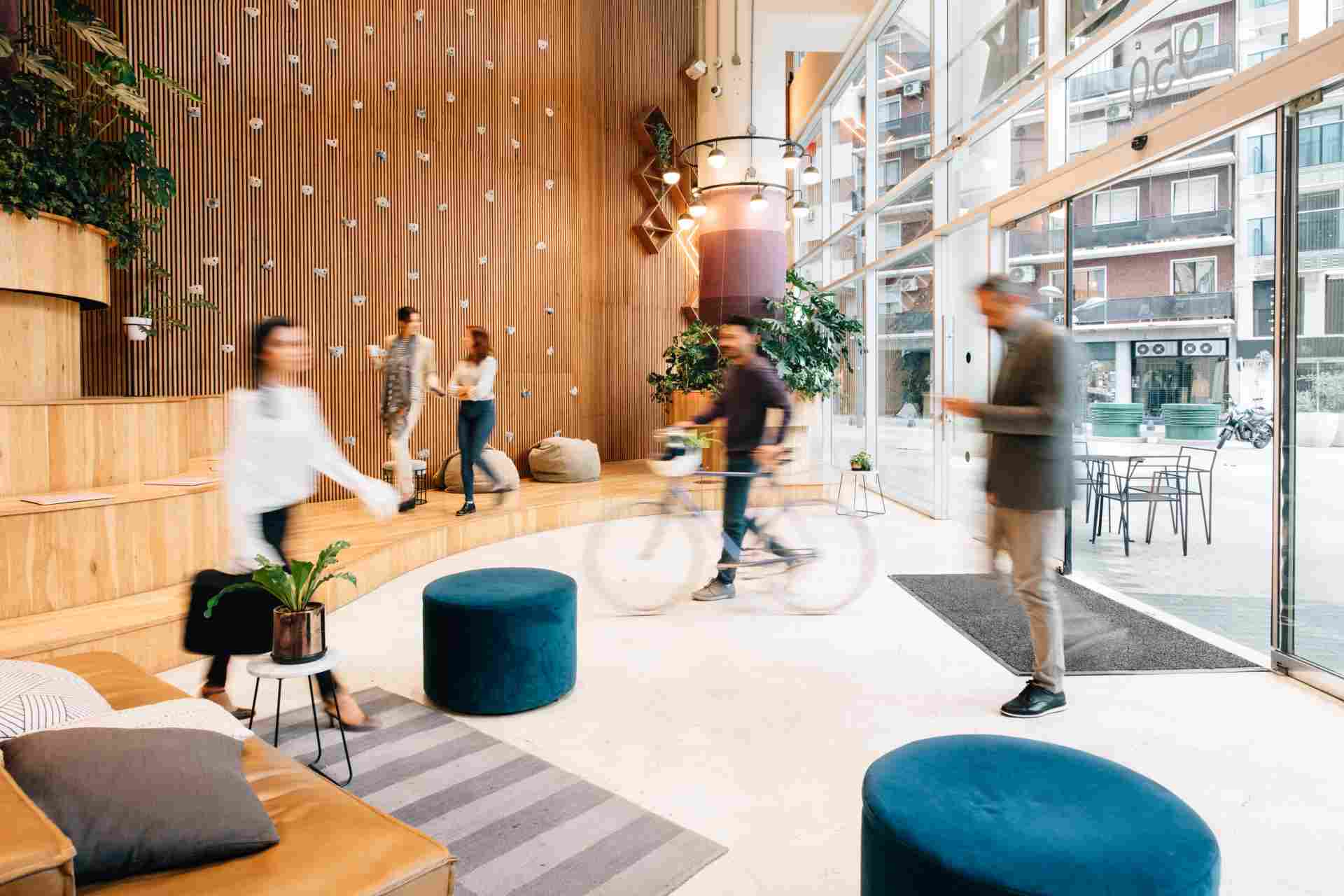The 10 categories assessed by the WELL Building Standard Certification
* Air: Buildings with this label seek to implement holistic design strategies to promote clean air and minimise human exposure to harmful pollutants in order to maximise the benefits for productivity, well-being and health.
* Water: Quality water and sanitation should be available to building users. In addition, this criterion also includes the reduction of health risks due to contaminated water and excessive humidity inside buildings.
* Nutrition: Building management and services are also a key issue. In this regard, it is a requirement to support healthy and sustainable eating patterns by increasing access to fruit and vegetables, limiting the availability of highly processed foods and designing environments that encourage people to make healthier choices.
* Light: aims to provide a lighting environment that reduces circadian phase disruption, improves sleep quality and positively impacts mood and productivity.
* Movement: it is essential that design promotes physical activity and active living and discourages sedentary lifestyles, creating and enhancing opportunities through the spaces where we spend much of our lives.
* Thermal comfort: should take a holistic approach to thermal comfort and provide an environment that supports people’s health, well-being and productivity while promoting energy efficiency.
* Acoustics: aims to provide a comprehensive and holistic approach to address acoustic comfort concerns through research-based design considerations that buildings can accommodate in order to improve the health and well-being of occupants.
* Materials: It’s essential to reduce human exposure, either directly or through environmental contamination, to chemicals that can affect health during the construction, renovation or cleaning of buildings.
* Mind: Building management should promote design strategies, policies and programmes that support mental and emotional health through a variety of prevention and treatment efforts.
* Community: finally, diversity and social inclusion need to be addressed and design must be considered to allow all people to access, participate and thrive within the building. A single space can lay the foundation for truly equitable, diverse and healthy communities.
To achieve WELL certification, the project must meet a number of preconditions. Points are accumulated according to the optimised design, construction and operation of the buildings. Based on the results of the assessment, three levels are considered:


